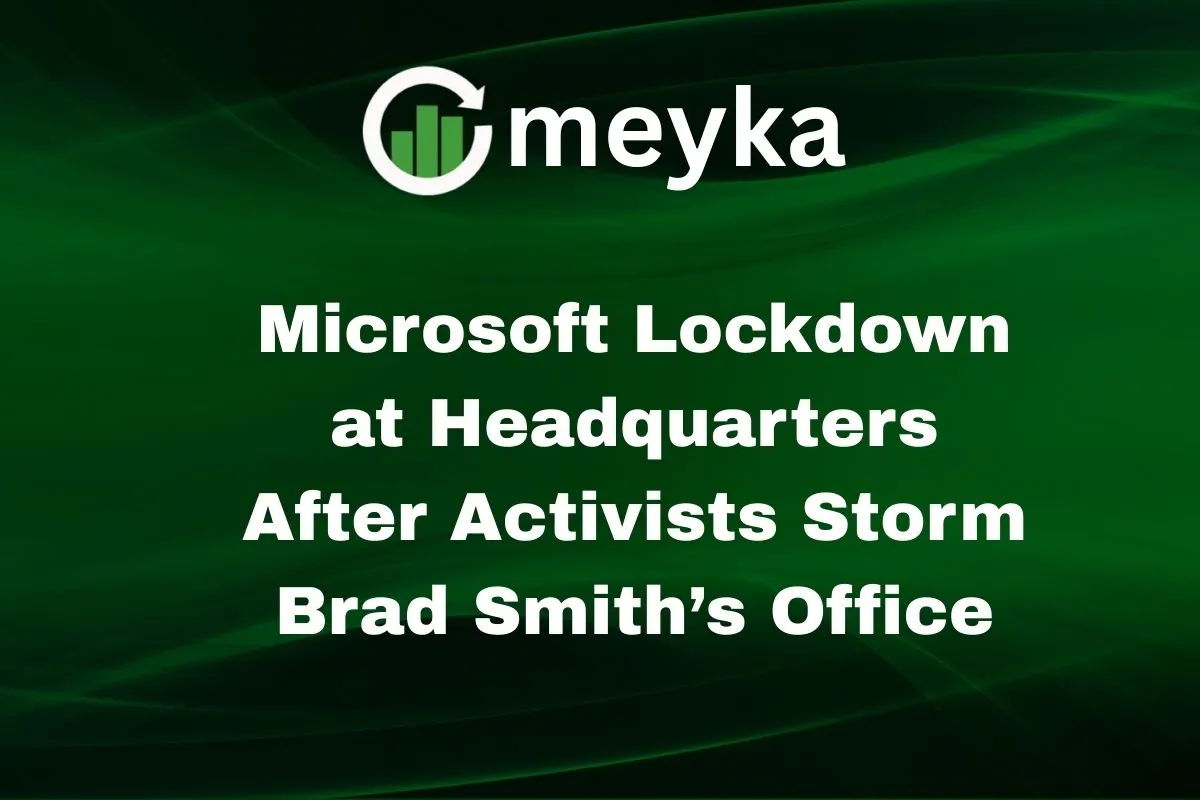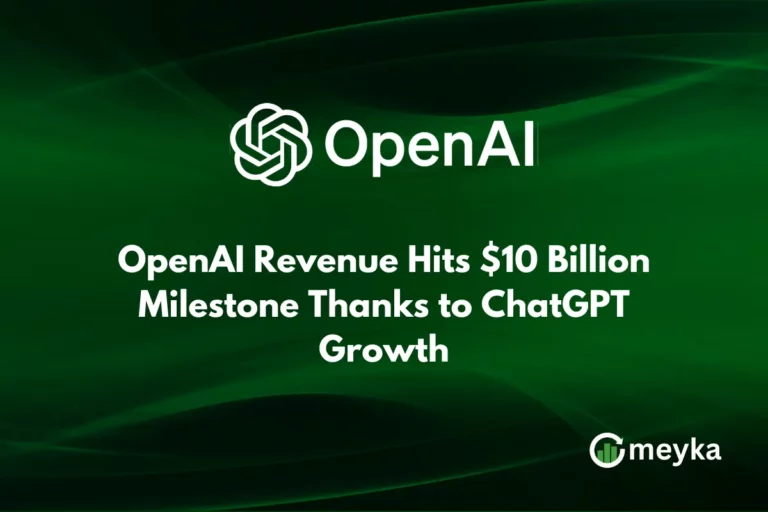Microsoft Lockdown at Headquarters After Activists Storm Brad Smith’s Office
Microsoft’s headquarters went into lockdown after a group of activists entered the building and made their way to company president Brad Smith’s office. The protest, linked to the campaign “No Tech for Apartheid,” quickly drew attention both inside and outside the tech world. Employees were told to stay in place while security managed the disruption.
At first, it might look like an ordinary workplace security issue. But when we look closer, it highlights something bigger. People are questioning how global tech companies use their power, where they invest, and who benefits from their technology. We see not only a clash between protesters and a corporation, but also a wider debate about responsibility, ethics, and the role of technology in conflict.
This moment is more than a protest; it is a signal of the challenges Microsoft and other tech giants face as their influence continues to grow.
The Incident: What Happened?
We trace the moment step by step. On August 26, both former and active Microsoft employees made their way into Building 34. They unfurled banners and chanted slogans like, “Brad Smith, you can’t hide, you’re supporting genocide!”.
They also streamed the sit-in live on Twitch. Brad Smith’s office was blocked by protesters who refused to leave. Police were called. All seven were arrested and taken away.
Who Were the Activists?
The group behind this is No Azure for Apartheid. The group includes both present and past Microsoft staff members. At least two were still on the payroll. Others had been fired for earlier activism. They’ve staged other actions. For instance, they disrupted Microsoft’s Build and 50th-anniversary events earlier this year.
The Demands: Why Target Brad Smith?
The protesters named Brad Smith, Microsoft’s president and vice chair, directly. They held him responsible for the company’s alleged tech ties to violence.
Their demands were clear and dramatic:
- Cut ties with Israel.
- Urge a halt to mass violence and deliberate starvation practices.
- Pay reparations to Palestinians.
- End worker discrimination.
The protest gained momentum after a joint investigation by The Guardian and partners revealed that Israeli military intelligence stored call data from Palestinians in Azure.
Microsoft’s Immediate Response
The company locked down Building 34 and halted normal activity. Smith held a press briefing from his desk to address the crisis. He maintained the company supports free expression, but only when it’s done lawfully and without disrupting safety. He also said Microsoft is conducting an external review after the Guardian report. And they reaffirmed that misuse of their services is against policy. Additionally, Microsoft had earlier warned the FBI about possible disruptions, showing the company was already on alert.
Corporate Security in the Spotlight
We see bigger issues now. How open should a tech campus be? How do we balance safety and expression? Microsoft’s experience shines a spotlight on this tension.
Other tech giants have faced similar protests, like Google, where activists staged sit-ins, too.
Implications for Microsoft’s Image
This incident could dent Microsoft’s reputation as a responsible tech leader. It shows that internal dissent and public backlash are growing. Employees, shareholders, and rights groups are demanding more transparency and accountability. If not handled well, this may affect business relationships with governments or clients sensitive to ethics and human rights.
What Happens Next?
Microsoft has launched a legal and external review. We expect outcomes soon.
They’ll likely review security practices at their Redmond campus.
Employee protests will probably continue. Backing for No Azure for Apartheid extends well beyond Microsoft.
Conclusion
This was more than a protest. It puts public pressure on Microsoft to act on ethical concerns. We witness a conflict between safety concerns, activist demands, and company principles. How Microsoft responds could shape how tech firms handle protests in the future. The world will watch closely.
Disclaimer:
This content is for informational purposes only and is not financial advice. Always conduct your research.






